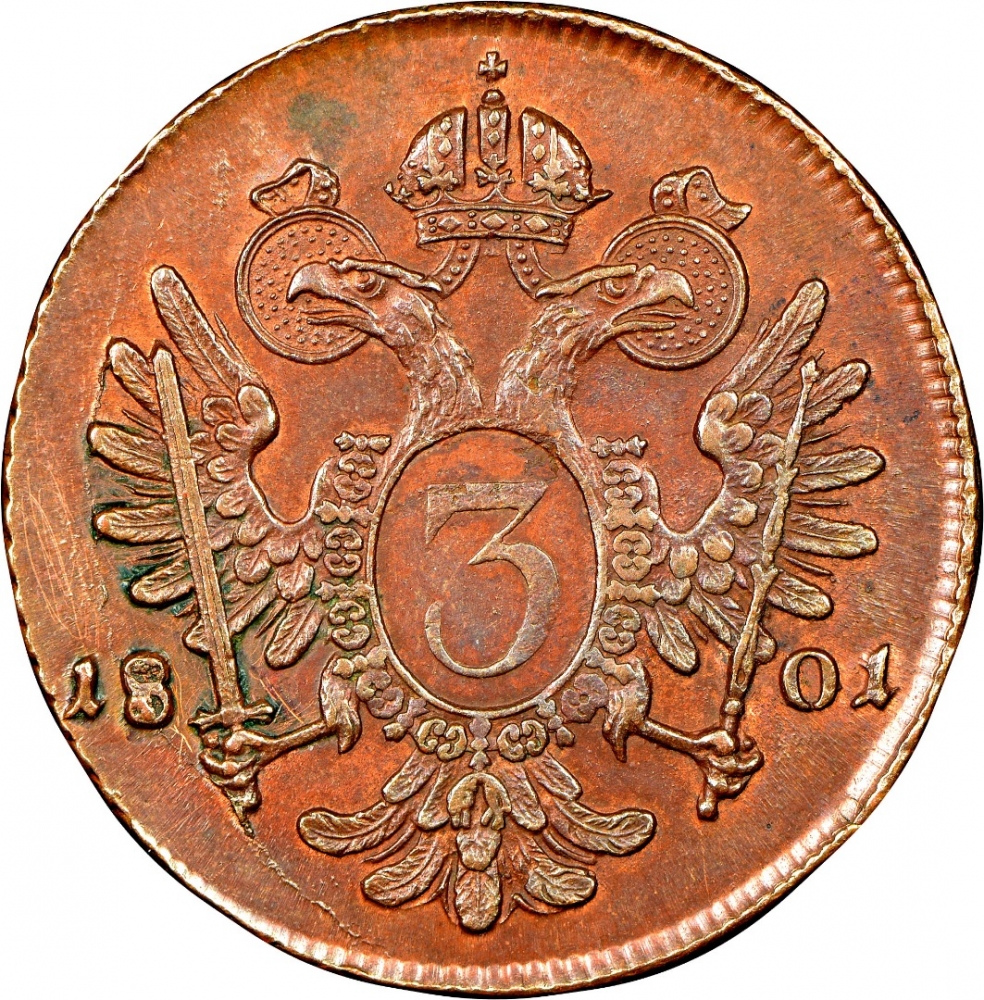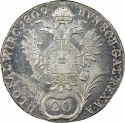You are about to finish your registration. Please check your mailbox (including spam folder). There should be a letter with a confirmation link. Check setting to make sure that your e-mail address is correct.
Send letter againDescription
The Habsburg Monarchy or Empire is an unofficial appellation among historians for the countries and provinces that were ruled by the junior Austrian branch of the House of Habsburg between 1521 and 1780 and then by the successor branch of Habsburg-Lorraine until 1918. The Monarchy was a composite state composed of territories within and outside the Holy Roman Empire, united only in the person of the monarch. The dynastic capital was Vienna, except from 1583 to 1611, when it was moved to Prague. From 1804 to 1867 the Habsburg Monarchy was formally unified as the Austrian Empire, and from 1867 to 1918 as the Austro-Hungarian Empire. The head of the Austrian branch of the House of Habsburg was often elected Holy Roman Emperor: from 1415 until the Empire's dissolution in 1806.
1799 A, B, C issues (KM# 2115.1) are bigger in diameter (30,9-31 mm), thicker (2,9-3 mm) and heavier (16-17 g) and much scarcer than lighter coins struck in 1800 by the same mints (KM# 2115.2).
Obverse

|
Depicts a portrait of Francis II & I right surrounded by the legend "Francis II Dei Gratia Rex Roman(orum) Imper(ator) Semper (always) August (title 1st Roman emperor) Germania Hungaria Bohemia Rex (king) Archidux Austriae" ("Francis II, by god Grace Roman Emperor Always August, King of Germany, Hungary and Bohemia, Archduke of Austria"). Mintmark below. FRANC·II·D·G·R·I·S·A·GER·HVN·BOH·REX·A·A· |
|---|---|
Reverse

|
Depicts Imperial coat of arms (crowned double-headed eagle holding scepter and sword), value at centre (on breast), with Golden Fleece around, divided date. 3 |
| Edge |






_Pounds_5/The_Waterloo_Medal_–_Allied_Leaders_2023_03.07.2024_19.53-125.jpg)
_Pounds_5/The_Waterloo_Medal_–_Allied_Leaders_2023_03.07.2024_19.53_01-125.jpg)
_Pounds_10/The_Waterloo_Medal_–_Allied_Leaders_2023_03.07.2024_19.55-125.jpg)
_Pounds_10/The_Waterloo_Medal_–_Allied_Leaders_2023_03.07.2024_19.55_01-125.jpg)